博客
-
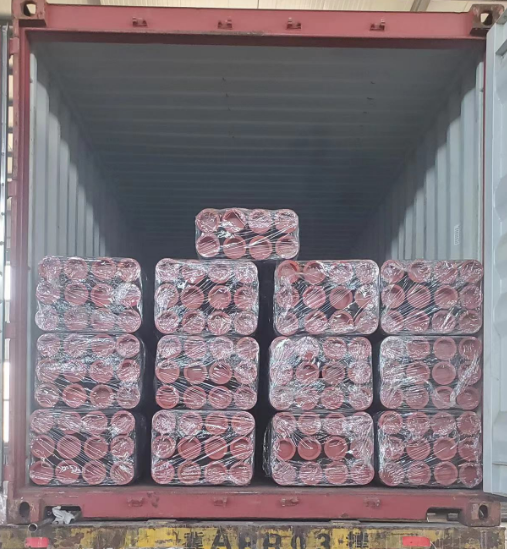
How to Clean a Stainless Steel Sink to a Mirror Finish? 5 Effortless Steps
Stainless steel sinks are trendy in the home, and with good reason. They're easy to clean and maintain, resistant to chips and scratches, and can be customized to fit any kitchen or bathroom design. In this article, we will cover everything you need to know about cleaning a stainless steel sink. By following these five simple steps, you'll have sparkling new-looking stainless steel in no time.阅读更多 -

Stainless steel-IS STAINLESS STEEL MAGNETIC?
If you ask someone “is stainless steel magnetic?” you will likely get a variety of responses. Some people believe that stainless steel is a completely non-magnetic material. Others believe that stainless steel must be magnetic because it contains iron. However, like with most things, the answer lies somewhere in between. The fact is, some types of stainless steels are magnetic while others are not..阅读更多 -
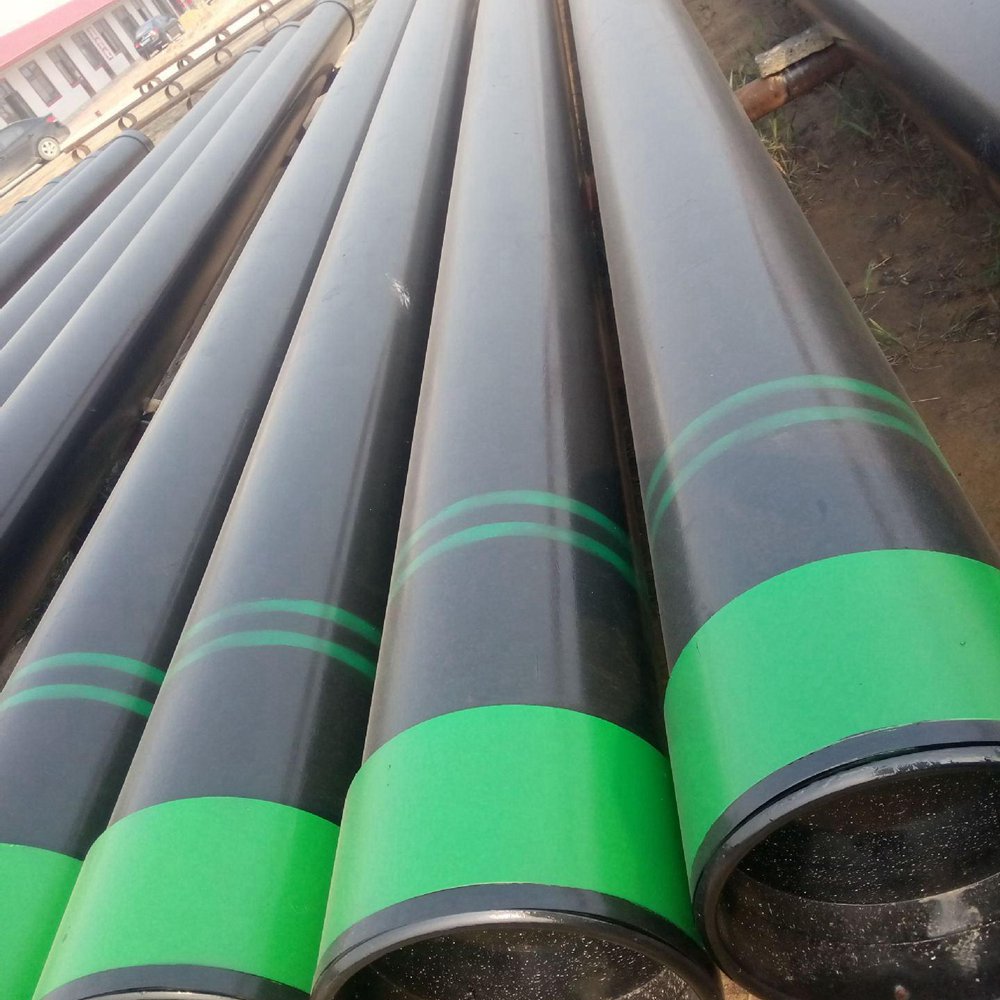
Welded Steel Pipes-HOW TO CLEAN STAINLESS STEEL APPLIANCES
Whether making a tried and true confection that's always a crowd pleaser or experimenting with a new recipe, your kitchen is the place where creating takes center stage. However, cooking is rarely a neat process and often leaves your kitchen needing some clean up. Learn how to clean your stainless steel appliances with these instructions, so you can keep them gleaming for a clean space that fuels your creativity.阅读更多 -
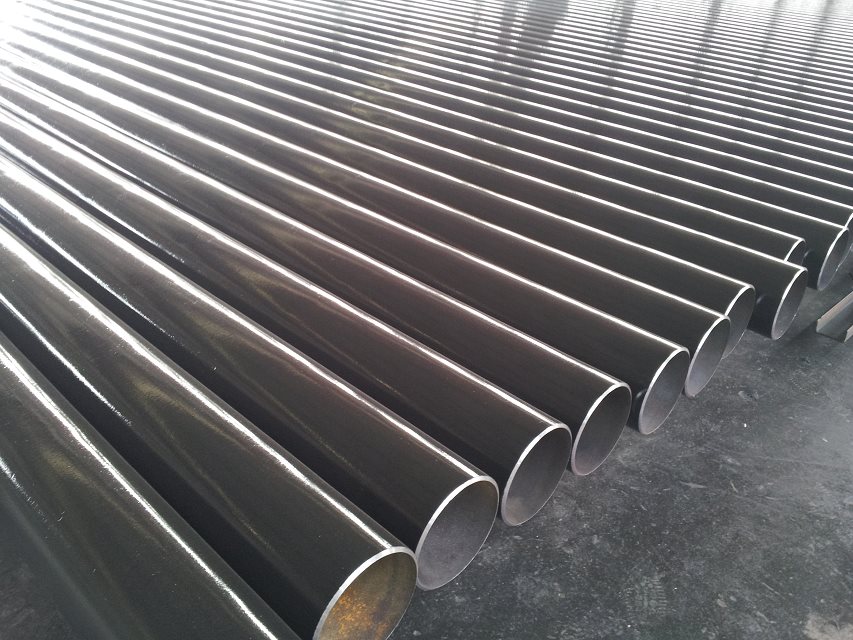
Stainless steel-Is Stainless Steel Magnetic?
Stainless steel is a corrosion-resistant alloy of iron, chromium, and often other elements such as nickel, molybdenum, or manganese. It’s called “stainless” because it resists staining and corrosion, making it a popular choice for a wide range of applications where durability and resistance to environmental factors are important.Stainless steel resists tarnishing and rust because of the elements contained within: iron, chromium, silicon, carbon, nitrogen, and manganese. It must be composed of at least 10.5% chromium and at most 1.2% carbon to be recognised as stainless steel.阅读更多 -
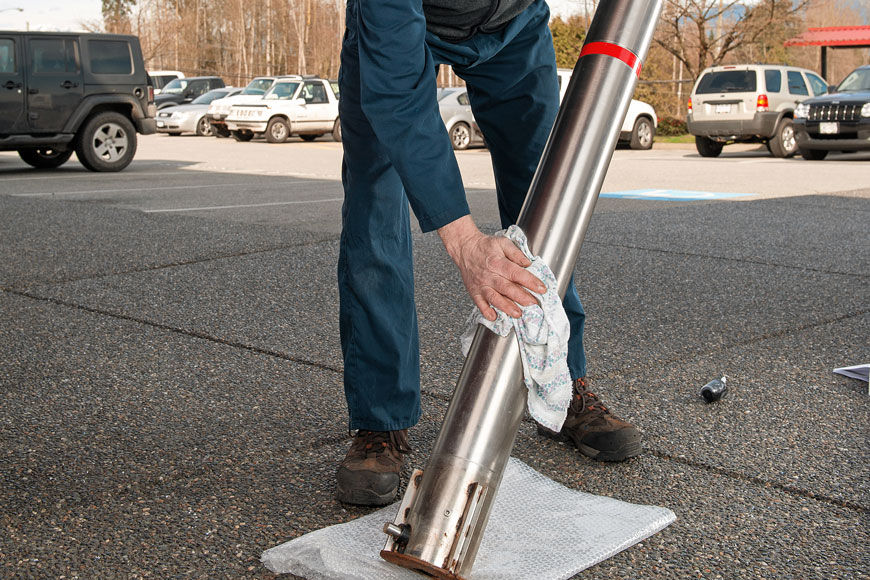
Cleaning Stainless Steel
Stainless steels are highly corrosion resistant—however, stainless steel applications can still remain at risk to surface damage. Oxidation, corrosion, rusting, or staining can occur over the long-term in harsh environments without routine cleaning and maintenance. Repeat mechanical damage also contributes to a faster degradation of the metal.阅读更多 -

Stainless steel-Why 304 stainless steel pipe is magnetic
It is generally believed that austenitic stainless steel (represented by 304) is non-magnetic, but sometimes it may have certain weak magnetic properties, while ferrite (mainly 430, 409L, 439 and 445NF, etc.) and martensite (represented by 410 Represented) are usually magnetic.Some steel grades in stainless steel welded pipes (such as 304, etc.) are classified as "non-magnetic stainless steel", which just means that their magnetic index is lower than a certain value. In other words, stainless steel is more or less magnetic. . When the stainless steel welded pipe is produced, it is extruded through the mold, and the iron molecules in the mold will more or less penetrate into the surface of the pipe, resulting in weak magnetism.In addition, as mentioned earlier, austenitic stainless steel is non-magnetic or weakly magnetic, while ferrite and martensite are magnetic. However, due to composition segregation or improper heat treatment during smelting, a small amount of martensite will also be formed in austenitic stainless steel. Tentenite or ferrite structure, such austenitic stainless steel will produce weak magnetism.In addition, after austenitic stainless steel is cold-worked, part of the austenite structure will also transform into martensite. The greater the cold-working deformation, the more transformed martensite structure, and the stronger the magnetism of stainless steel.阅读更多 -
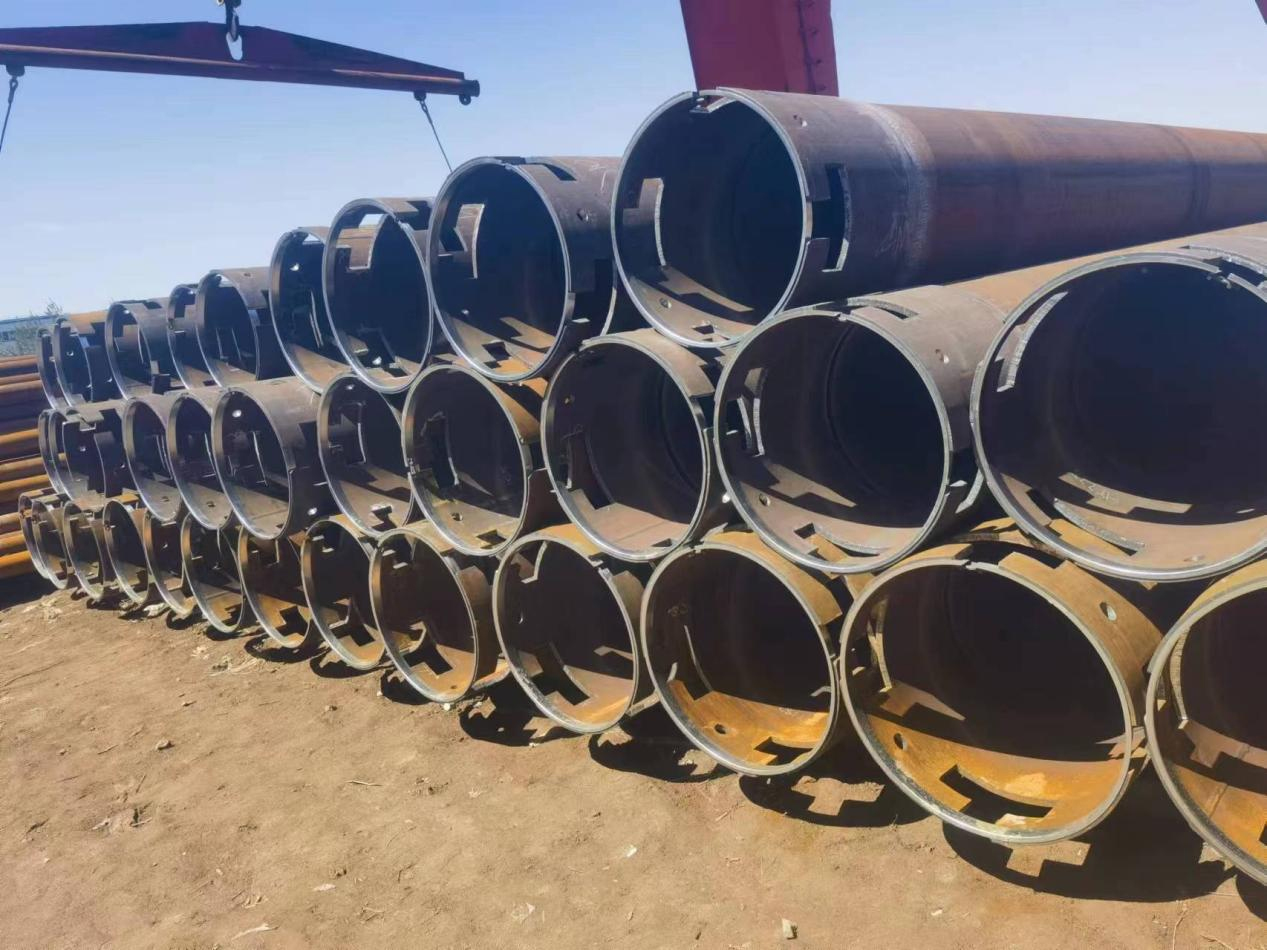
Stainless steel-How to Make Stainless Steel Magnetic
Only some stainless steel is magnetic and can be magnetized. The composition of stainless steel varies, and any stainless steel with nickel in it is difficult to magnetize, although cold-rolling it, stretching it or stressing it in other ways does increase its magnetic potential. Series 200 and 400 stainless steel do not have nickel, are naturally magnetic and can be magnetized. Using simple methods of magnetizing metal produces only a temporary magnet. To permanently magnetize something, you need a large alternating-current magnetic coil, which is not generally available in most homes.Strip 1 inch from both ends of your insulated wire, using the wire stripper.Wrap the insulated wire around the stainless-steel object multiple times without overlapping the wires; form a coil around it. Leave enough wire to easily reach your battery.阅读更多 -
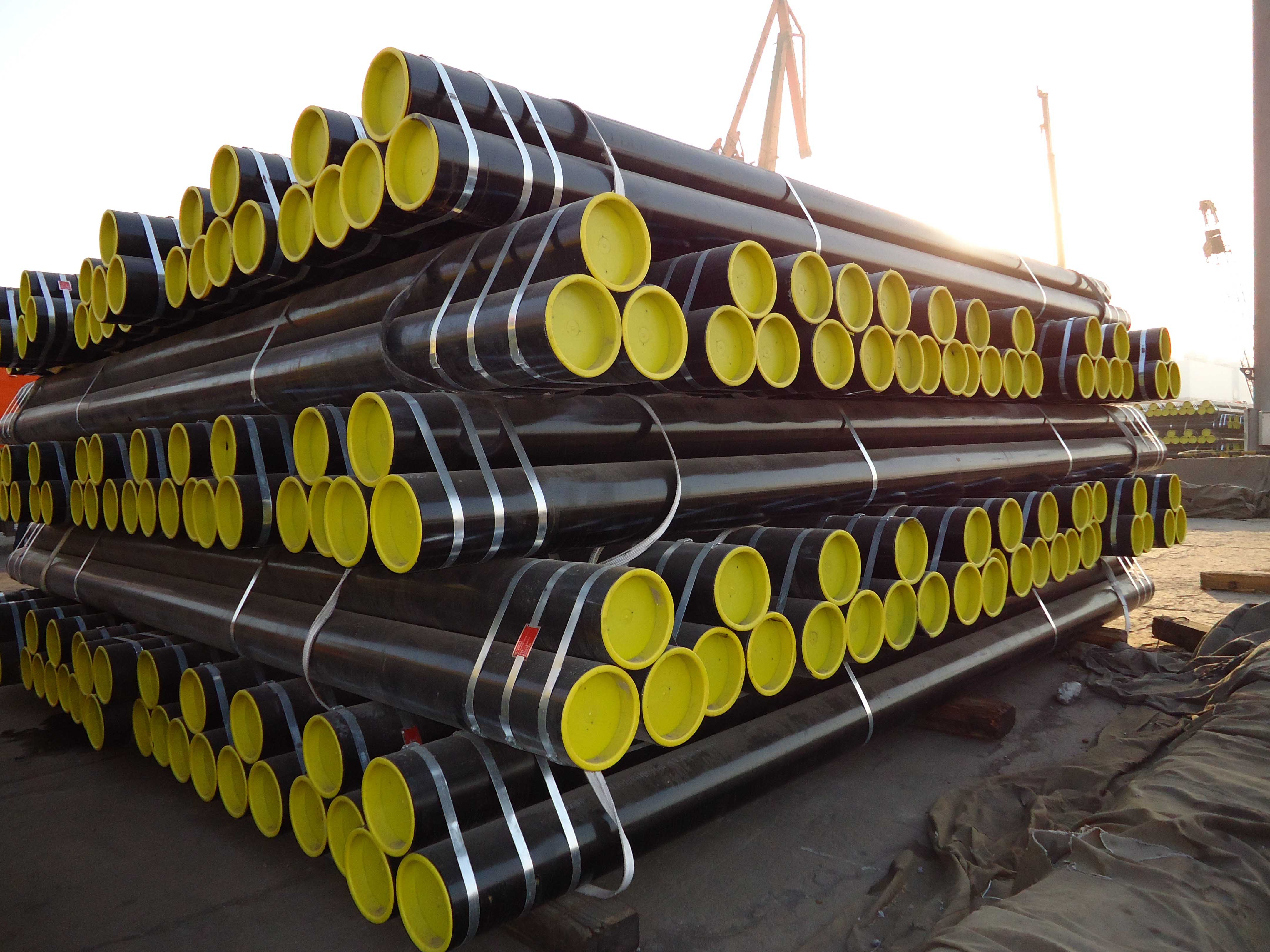
ERW 钢管-如何清洁不锈钢以使其发亮
不锈钢以其抗腐蚀和防锈能力而闻名,因此它是厨房和浴室的热门选择。然而,污垢、灰尘和污垢会使不锈钢容易产生污渍和变色。幸运的是,只要遵循某些规则,您就可以清洁不锈钢,使其再次闪亮。以下是您需要了解的有关使用水、洗洁精、玻璃清洁剂和不锈钢清洁剂清洁不锈钢的信息。阅读更多 -
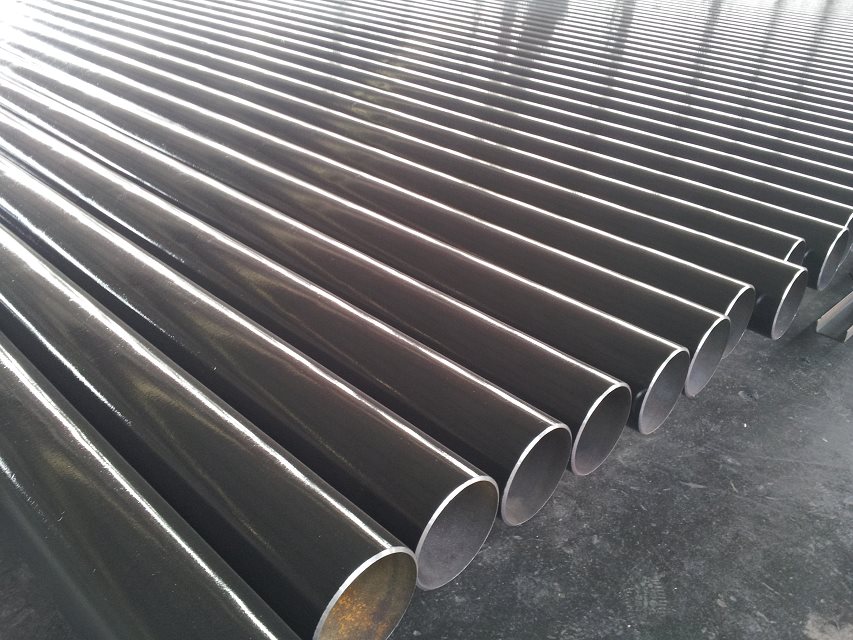
How to Preserve and Clean Stainless Steel
Stainless steel appliances remain the most popular choice in modern kitchen designs. Ranges, refrigerators, dishwashers, and wall ovens boasting a sleek and well-polished stainless-steel finish outsell kitchen appliances with a white or black finish.阅读更多